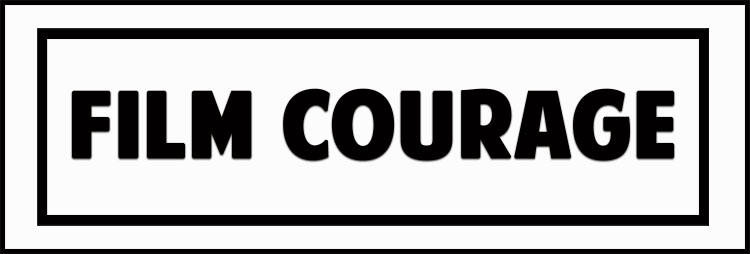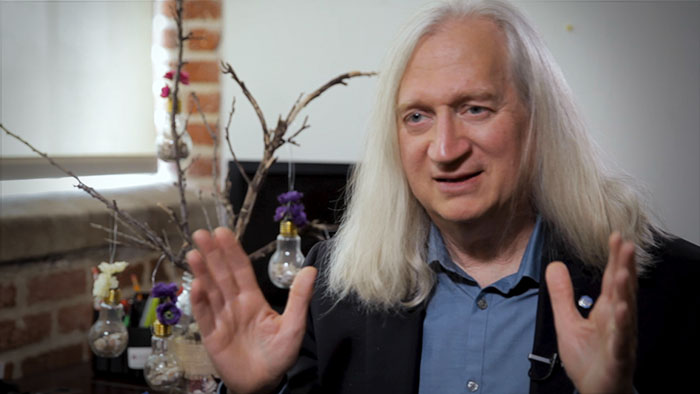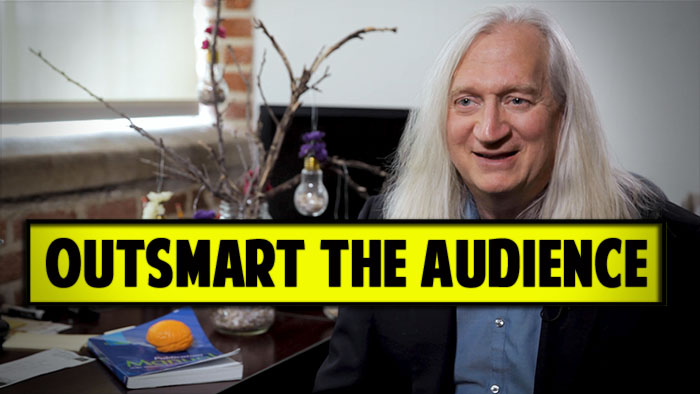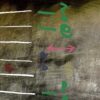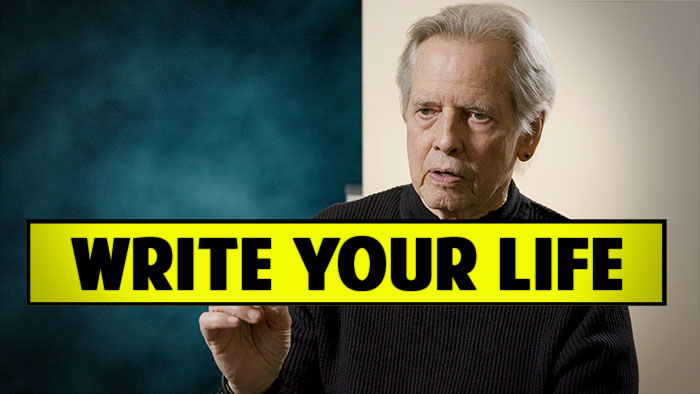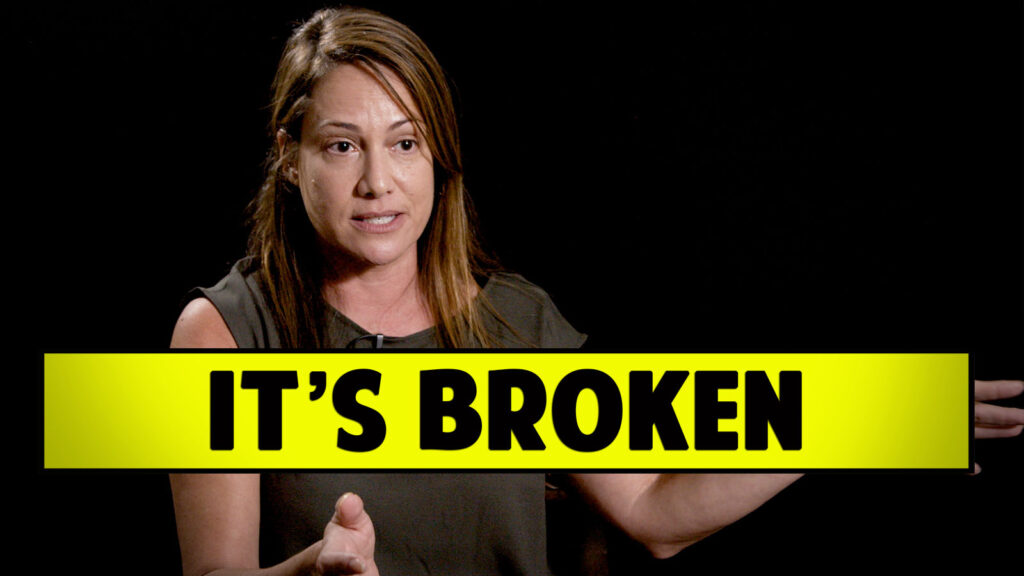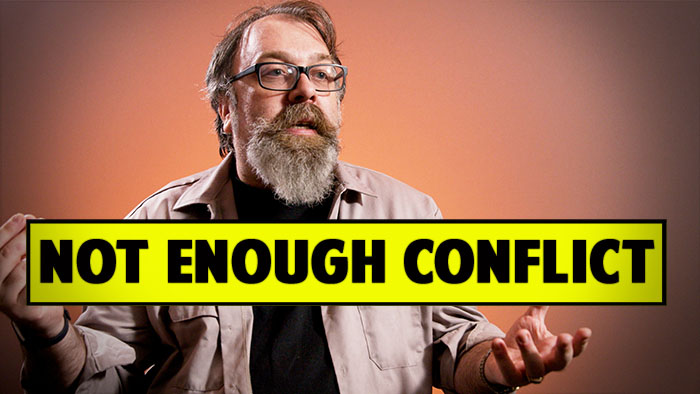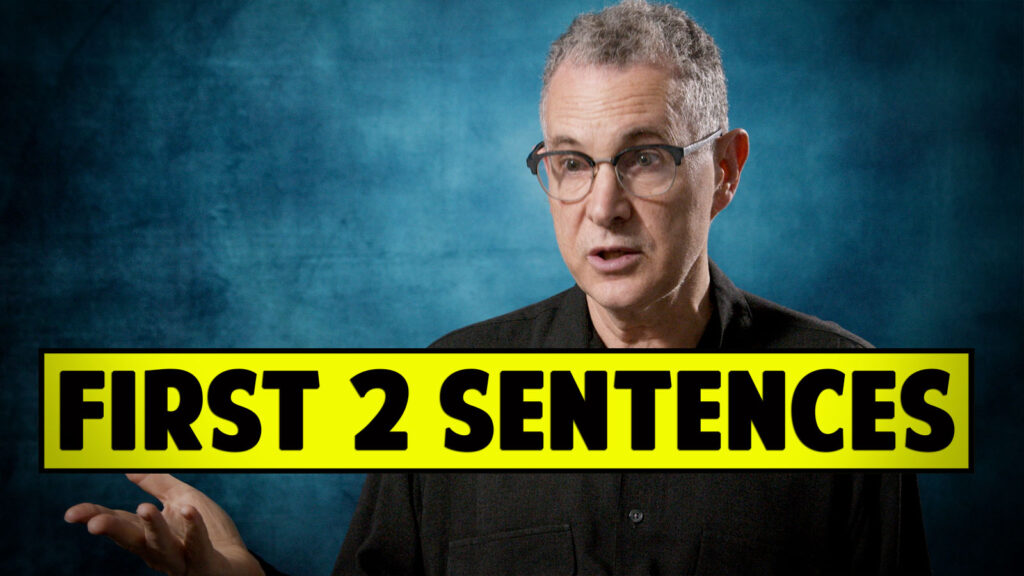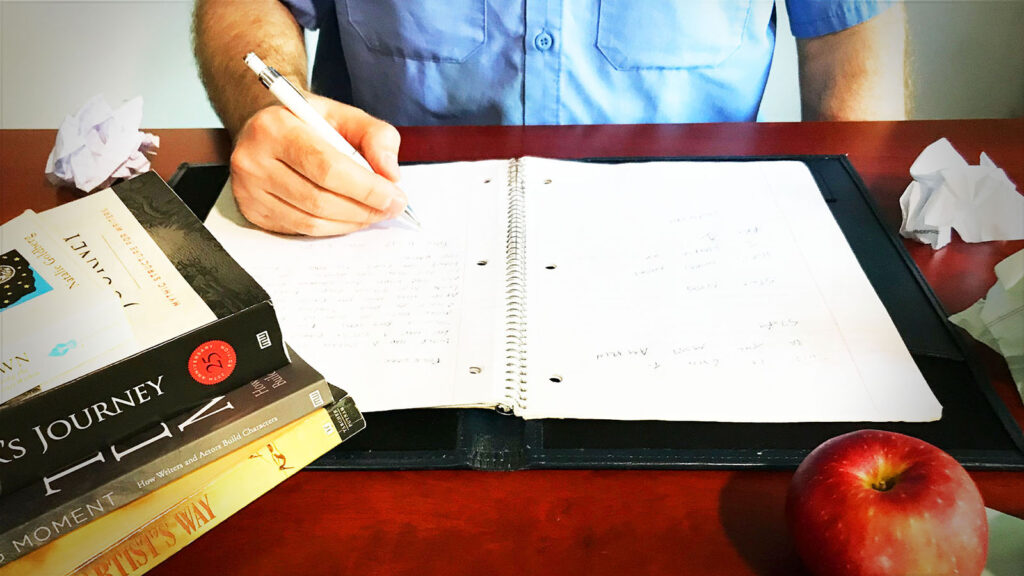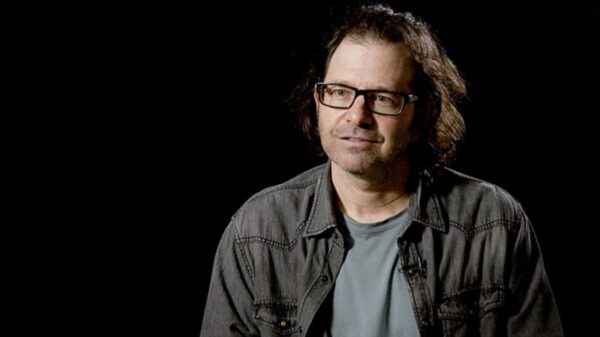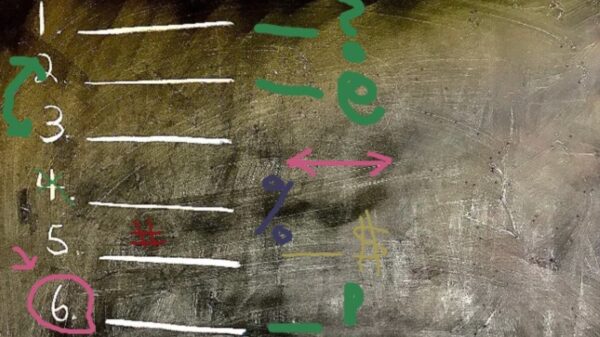Film Courage: Can you explain the 8-sequence template?
Paul Joseph Gulino, Associate Professor at Chapman University Dodge College of Film and Media Arts: Sure. This originates in two ways, two places. It originates in Hollywood history by the ancient of the one reel film (35 millimeter film) that became standardized by the first decade of the 20th century.
The first movies by that time (by the teens) they are single reel experiences that are 10 minutes long. And for various reasons in the teen era Hollywood split in two directions from the single reel film to what we call full length features (multi reel films – hour and a half to two hours) and in the other direction to the serial which is a reel or two installment series.
The reason you have the origin of sequences is that in the US the distribution system was so rigorously one reel a week or two reels a week that when they started to change, when they started to generate full-length feature films they were still distributed a couple of reels a week. So if you look at manuals of the time (screenwriting manuals) there were about 60 titles that came in the teens on how to write a photoplay because the market was wide open and people wanted to write these things. You’ll get instructions about making sure each reel has a climax to it so that the audience will be interested in seeing the next reel and then they will see the next one after that so it was almost like a limited series (a feature film).
By the late teens you are seeing the distribution system is changing and you are seeing in theaters what we would normal experience as a full-length feature. But the idea of writing by the reel survived into the 1920’s and 1930’s and you can see it the way that the continuity scripts are marked. They are often marked by sequence letter. Sequence A, B, C, D. And that is where what we call sequences (the nomenclature) comes from.
What Frank Daniel discovered in teaching in the eighties he discussed the three-act structure in terms of developing it and paying it off but he found that the students struggled with the middle part of the script because it’s intimidating. How do you fill up 60 pages in the middle? And usually 30 pages to set it up, 60 pages in the middle, and 30 pages in the third act.
So he revived this idea of sequences. He said well don’t think of it as one act of 60 pages. Think of it as four 15-minute scripts that each one builds on the last so thus the sequence approach is born. You’re not going to tackle the whole 120 pages. Just figure out the first 15 minutes (the first one) and then the next 15 minutes. That’s going to lead to some kind of major problem for our character. So then they are going to try to explore that for the next 15 minutes. And the effect is actually very liberating because you end up not worrying about how you are going to fill up these pages but about how you are going to trim down because now you have all of this material. But it also helps you explore a premise really fully. You have a character, let’s just take a classic dramatic instructions, a character wants something and there are obstacles okay?
At the end of the first act we know what they want and we know what the obstacles are going to be. What is the character going to do? The character doesn’t know what the movie is about. The character just thinks “This is easy, I can solve this.” So they try something and this is in your conceptualization of the story. The character tries the easiest thing they can try. And then the filmmaker, the screenwriter comes up with an obstacle of why that doesn’t work and that’s maybe 10-15 minutes. Alright now they’ve got to try something else. What’s that going to be? And you can develop it and each sequence has its own integrity ideally that what the paradigm is that each sequence is going to have three acts also. It’s going to have some kind of set-up. You don’t have to have as much set-up because you know the characters but you are going to have to introduce new circumstances. They are going to try to get something and then it’s going to end with some kind of resolution usually negative because if it’s positive then the movie is over. But it leads to the next sequence and then the next one.
So you wind up with actually kind of a nested structure because the dramatic scenes have the same three acts. That’s why we tend to like three acts. It depends on how you define it. But if you understand it as working with tension were tension is just putting something in the audiences mind (hope and fear). Your character wants something, are they going to get it or not? That’s what I’m wondering about. And if I care about the character then I’m going to stay tuned because I’m going to want to see the answer to that…(Watch the video interview on Youtube here).

BUY THE BOOK – SCREENWRITING: The Sequence Approach

BUY THE BOOK – THE SCIENCE OF SCREENWRITING: The Neuroscience Behind Storytelling Strategies
CONNECT WITH PAUL JOSEPH GULINO:
Chapman.edu/our-faculty/paul-gulino
Like this video? Please subscribe to our Youtube channel. Or love this video and want more? You can show additional support via our Youtube sponsor tab or through Patreon.
Advertisement – contains affiliate links:
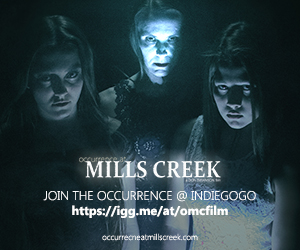
Occurrence at Mills Creek is a psychological horror film that examines the dynamics of strong female characters against a supernatural backdrop through failing reality. Now on Indiegogo until April 17th, 2019.



